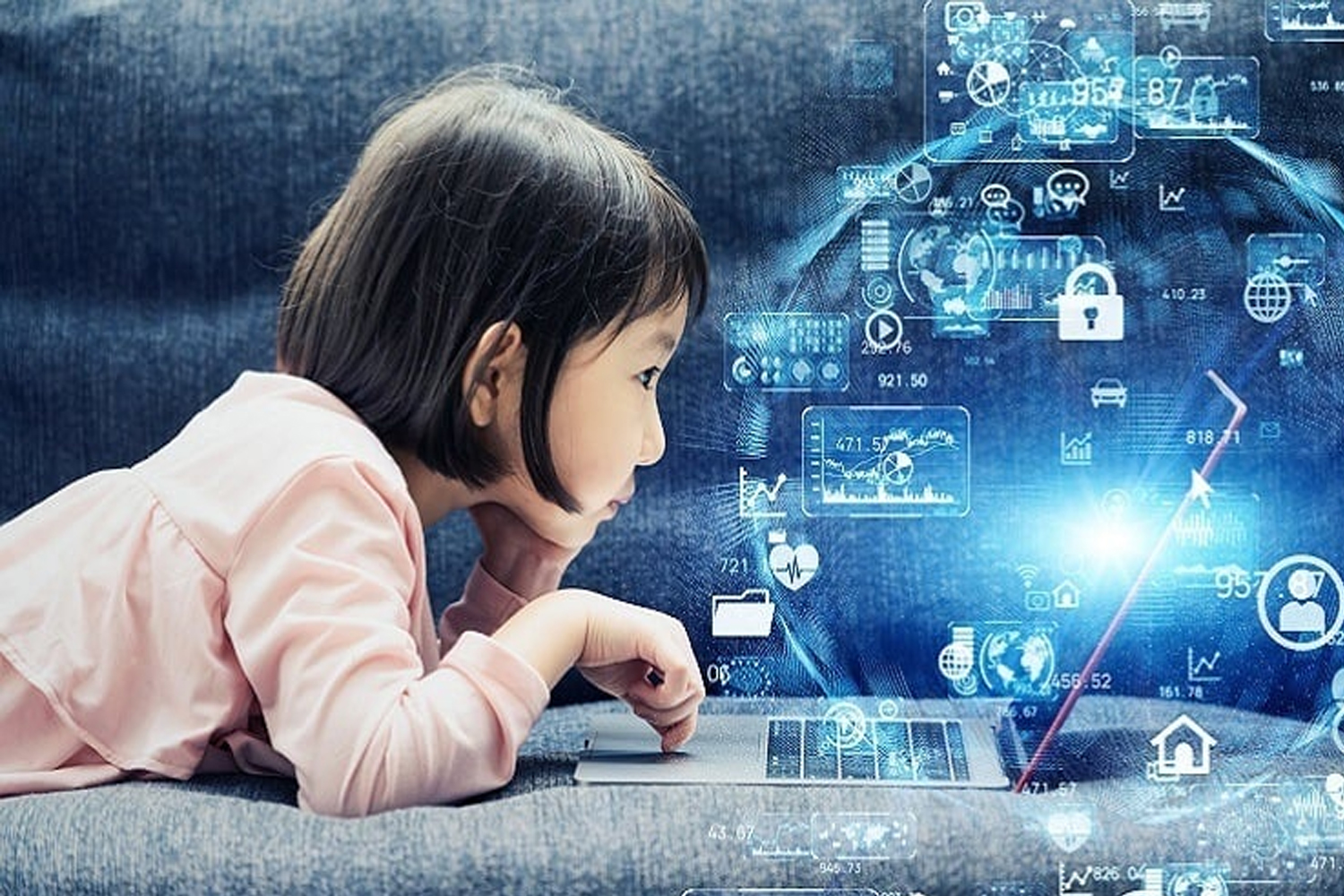Education has evolved far beyond the traditional classroom model of lectures and textbooks. Today, one of the most exciting trends reshaping learning is gamification and game-based learning. By incorporating game principles and interactive challenges into education, teachers can engage students in ways that boost motivation, retention, and critical thinking. While the concept of learning through play is not new, advances in technology, psychology, and pedagogy have made gamification a powerful tool for modern classrooms and online learning platforms.
Understanding Gamification vs. Game-Based Learning
Although often used interchangeably, gamification and game-based learning are distinct approaches: Gamification: This involves adding game-like elements to traditional learning activities. Examples include earning points for completing assignments, badges for mastering skills, and leader boards to track progress. Gamification focuses on motivation and engagement rather than creating a full game environment. Game-Based Learning (GBL): This uses actual games as the primary method of instruction. Students learn concepts by playing educational games, solving challenges, or simulating real-world scenarios. The game itself teaches the content, rather than supplementing traditional lessons. Both strategies leverage intrinsic and extrinsic motivation, but game-based learning often immerses students more deeply in the subject matter.
The Psychology behind Gamification in Learning
Humans are naturally drawn to games because they provide clear goals, instant feedback, and rewards for achievement. Gamification taps into this psychology by: Providing clear objectives: Students know what they need to achieve. Offering immediate feedback: Points, levels, and badges let learners track their progress. Encouraging competition and collaboration: Leader boards and team challenges motivate learners socially. Promoting autonomy: Students can often choose their paths, encouraging self-directed learning. By applying these principles, gamified education transforms learning from a passive activity into an active, engaging experience.
Benefits of Gamification and Game-Based Learning
Increased Engagement
Traditional lessons can sometimes fail to capture students’ attention. Gamified activities and educational games make learning interactive, fun, and immersive, increasing student participation and focus.
Enhanced Motivation
Game elements like points, levels, and rewards tap into the brain’s dopamine system, creating a sense of accomplishment and encouraging continued effort. Students are more likely to persist in challenging tasks when learning feels like play.
Improved Knowledge Retention
Active learning through games helps students process and remember information better. Simulations and problem-solving games reinforce concepts in ways that passive reading or listening cannot.
Development of 21st-Century Skills
Games often require critical thinking, problem-solving, collaboration, and decision-making. Students practicing these skills in a gamified environment are better prepared for real-world challenges.
Immediate Assessment and Feedback
Digital games and gamified platforms can track performance in real-time, providing teachers with insights into student progress. This allows for personalized interventions and adaptive learning paths.
Practical Applications in Education
Classroom Gamification
Point systems: Students earn points for completing tasks or participating in discussions.
Badges and achievements: Recognizing mastery of skills or completion of projects. Leader boards: Encouraging friendly competition and tracking progress. Level progression: Structuring lessons as levels students “unlock” as they advance.
Game-Based Learning Platforms
Kahoot!: Quiz-based games for classroom engagement. Mine craft: Education Edition: Students explore concepts in science, math, and history in a virtual world. Duo lingo: Language learning through interactive gamified lessons. Class craft: A role-playing game that encourages collaboration and positive behaviour.
Simulation and Serious Games Medical simulations: Training healthcare students to practice surgeries or diagnose patients in a safe, controlled environment. Business or economics simulations: Teaching students decision-making, risk assessment, and strategic thinking. Environmental games: Allowing students to understand sustainability and ecological balance by managing virtual ecosystems.
Challenges and Considerations
While gamification and GBL have many benefits, educators must address potential pitfalls: Overemphasis on Rewards: Excessive focus on points or badges may shift attention from learning objectives to rewards. Accessibility: Not all students have equal access to digital devices or internet connectivity. Design Complexity: Poorly designed games can confuse students or fail to teach intended concepts. Teacher Training: Educators need proper training to integrate games effectively into curricula. Successful gamification requires careful alignment with learning outcomes and thoughtful integration into lesson plans.
The Future of Gamification in Education
As technology advances, gamification and game-based learning will continue to grow: AI-driven adaptive games: Learning experiences tailored to each student’s abilities and pace. Virtual Reality (VR) and Augmented Reality (AR): Fully immersive educational simulations. Cross-disciplinary learning: Games that integrate multiple subjects, from coding and mathematics to history and art. Global learning communities: Students from different regions collaborating in virtual learning worlds. These innovations will make education more personalized, interactive, and engaging than ever before.
Conclusion
Gamification and game-based learning are more than just trends they are transformative approaches that make education engaging, effective, and relevant for today’s students. By combining technology, psychology, and pedagogy, educators can create learning experiences that motivate, challenge, and inspire. When implemented thoughtfully, gamified classrooms and educational games do more than teach facts they cultivate critical thinking, collaboration, and problem-solving skills, preparing students for the complex world beyond school. In a time when education must evolve rapidly to meet the needs of the 21st century, gamification and game-based learning offer a path forward: learning that is not only effective but also enjoyable.








